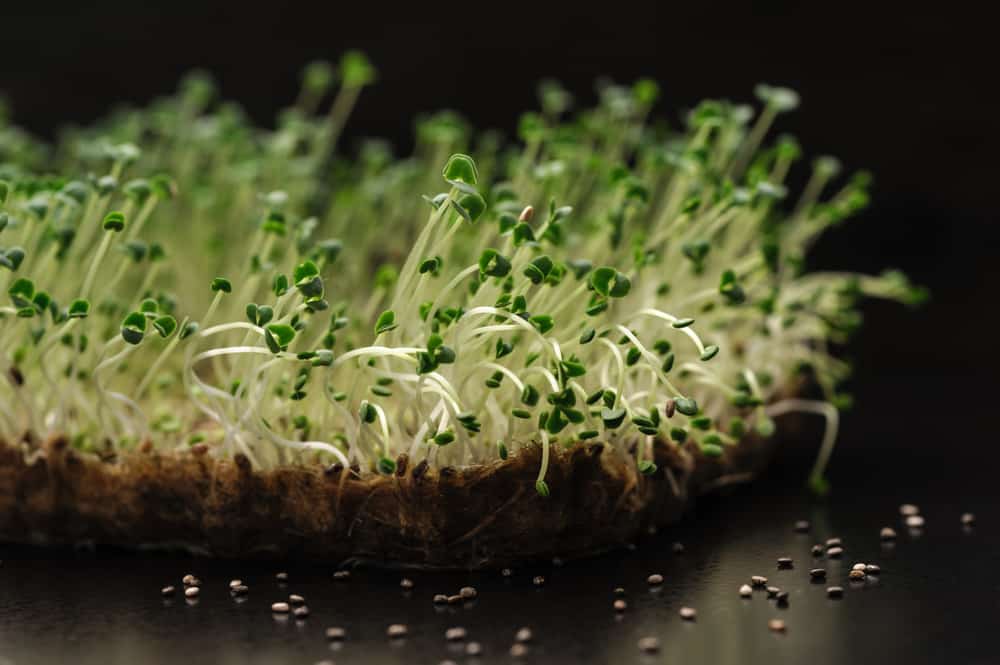
Microgreens are an easier way of growing seeds. This is one of the reasons why they have seen an increase in popularity. While maintaining most of the properties of a matured plant, including the taste, they are harvested after they are no longer a sprout and haven’t fully matured.
Although this is particular to the type of seed being used, some seeds take a very short time to grow into microgreens. Likewise, some seeds take more time. The growth time for a microgreen could range from 1 to 3 weeks. It is also important to note that microgreens can be grown from every seed.
Growing Microgreens In The Dark
Most beginners don’t know about the proper growth process of microgreens. Sure, they take a lot less time and should be easier to grow compared to a fully grown plant. But, growing a microgreen requires extra attention and some techniques to ensure it grows to its maximum potential.
You may have heard about growing microgreens in the dark. It is an incredibly important step that most beginners seem to neglect. Using this article, we will be explaining to you everything you need to know behind the process.
Why Is It So Important?
Regardless of the seed being used, microgreens should always be kept in the dark when first planted. For the first few hours or days, you shouldn’t expose the microgreen to direct sunlight. The reason behind the process is because it forces the seeds to stretch out in order to look for the light. As a result, this helps the microgreen to germinate a lot faster and better.
This also results in most of your microgreens growing taller than they would by ordinary means. The process of keeping microgreens in the dark is also more commonly known as the blackout period. This practice should be implemented every single time a person grows microgreen. It will allow the microgreens to enjoy optimal growth.
But When Should You Expose the Microgreens to Sunlight?
Unfortunately, the blackout period for microgreens purely depends on the type of seed being used. Also, you should never keep a microgreen stay in the dark for too long. The same can be said for keeping it in the dark for a short period of time.
This is why you will have to search for the perfect blackout time period for the type of seed that you are growing. Just to give you an example, cauliflower seeds should be kept in the dark for 1-5 days, whereas wheatgrass should not be kept in the dark for more than 3 days.
Keep in mind that you will also have to keep an eye on other aspects of the seed in order to ensure proper growth. These include the temperature these seeds are kept in, the moisture level of the soil and seed, as well as the quality of the seed itself.
The Bottom Line
Ever wonder why growing microgreens in the dark is so important? Through this article, you should be able to find a detailed answer regarding the subject. Be sure to read the article properly.
